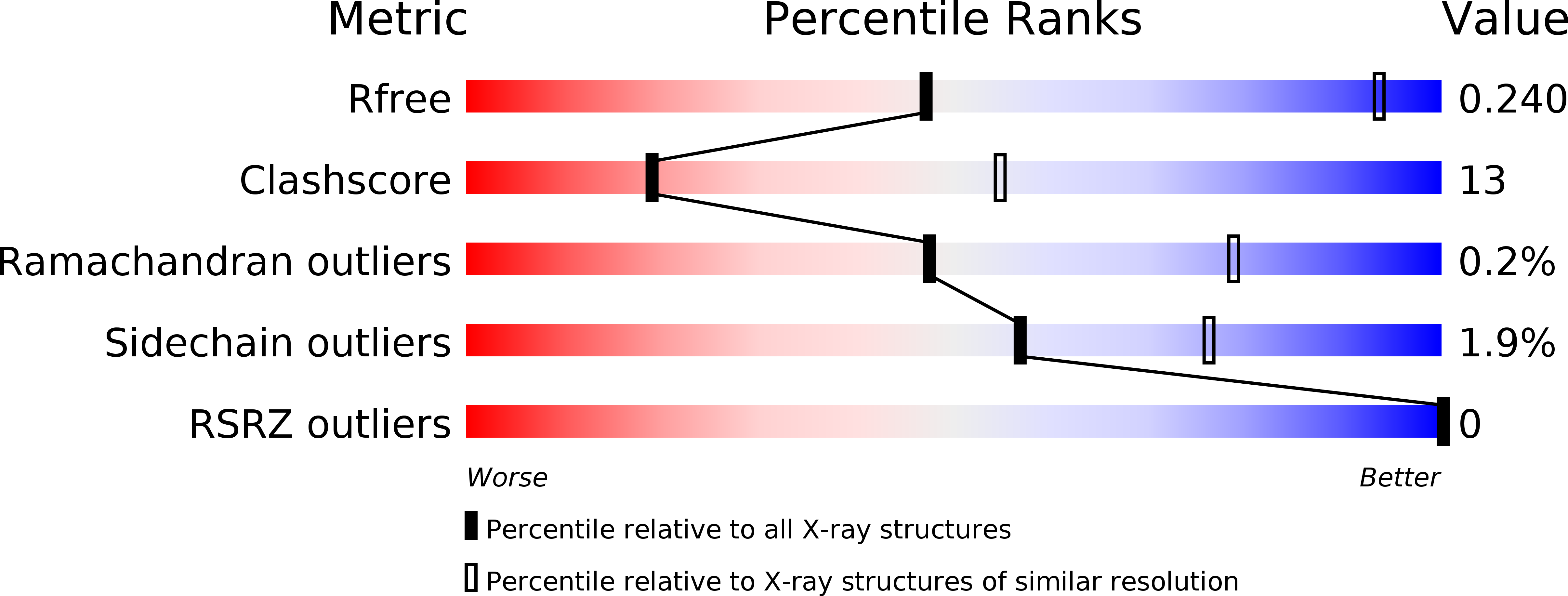
Deposition Date
2016-06-30
Release Date
2016-12-14
Last Version Date
2024-10-23
Entry Detail
PDB ID:
5LF5
Keywords:
Title:
Myelin-associated glycoprotein (MAG) deglycosylated full extracellular domain with co-purified ligand
Biological Source:
Source Organism:
Mus musculus (Taxon ID: 10090)
Host Organism:
Method Details:
Experimental Method:
Resolution:
3.80 Å
R-Value Free:
0.22
R-Value Work:
0.19
R-Value Observed:
0.20
Space Group:
P 32 2 1


